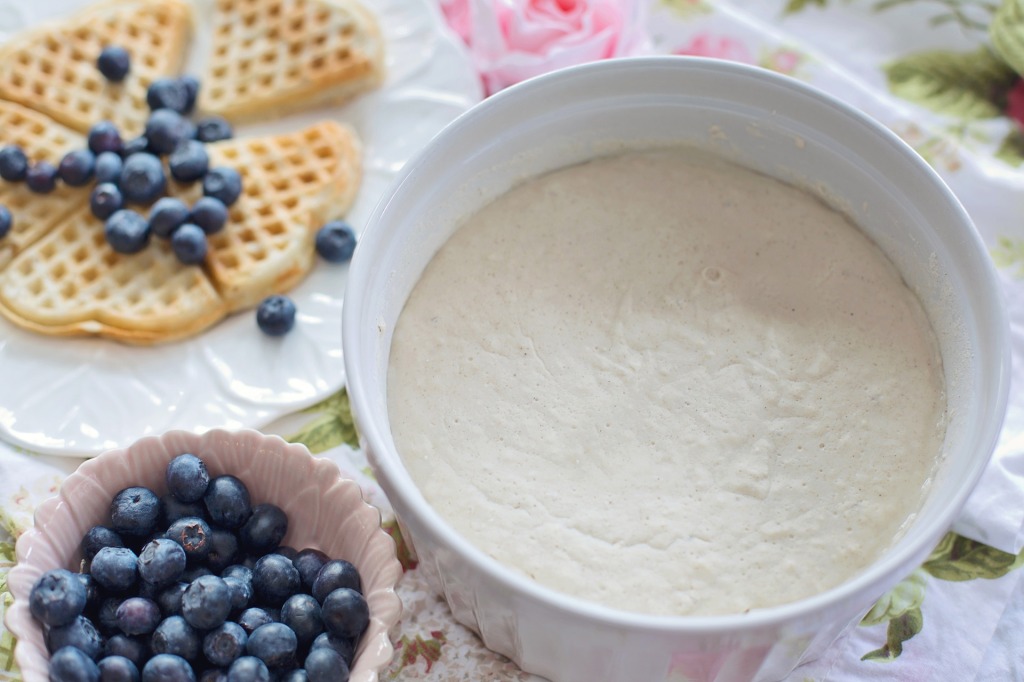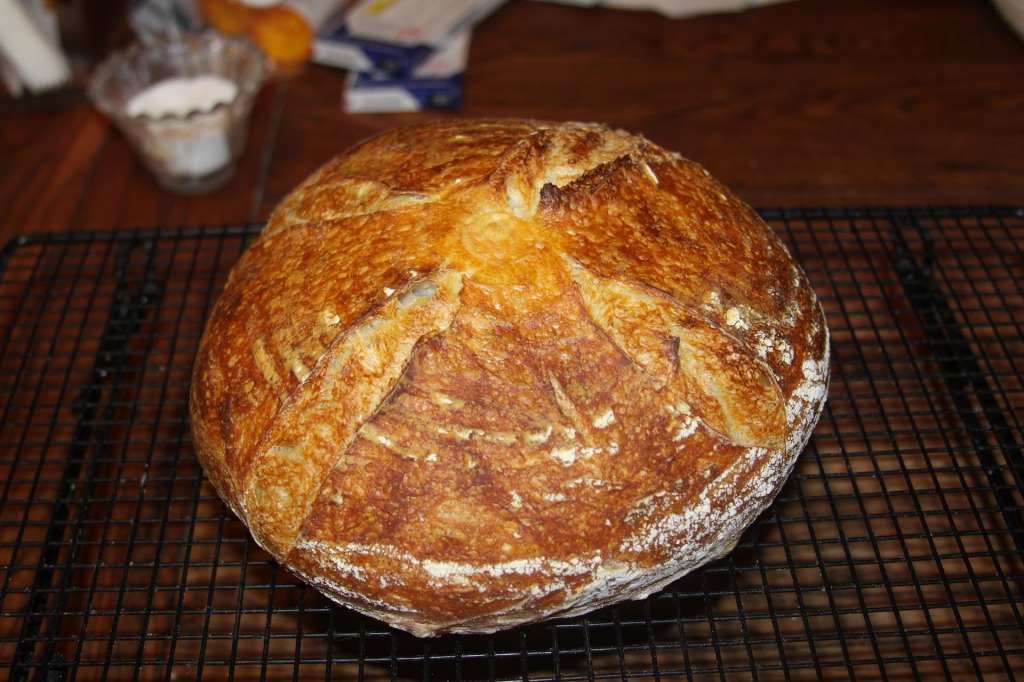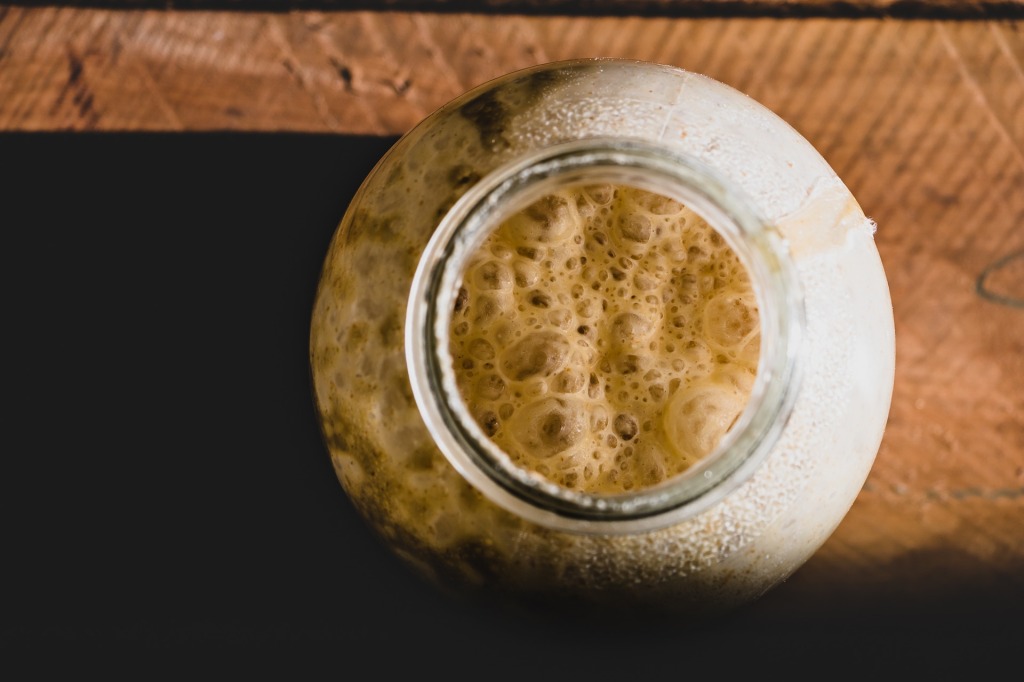Herb Sourdough Focaccia Bread
This bread is so good! The downside is that it takes longer to make using sourdough starter then if you make it with yeast. This is a great way to use up the discard starter instead of throwing it away. Besides, who can resist fresh home baked bread hot from the oven?
Ingredients
1/2 to 3/4 c. starter
2 c. very warm water
4 c. flour
3 Tbs. oil or soft butter
1 Tbs. rosemary, finely minced
2 1/2 tsp. salt
4 1/2 tsp. sugar
2 tsp. oregano
1 Tbs. basil
3 garlic cloves, minced
3 Tbs. olive oil
Salt, pepper
Parmesan cheese
Directions
In a large bowl, combine starter, warm water and 1 cup. flour. Beat with a wooden spoon for about 2 minutes.
Add the oil or butter, rosemary, salt, sugar, oregano, basil and garlic, stirring to combine.
Add as much flour as you can stir in with a wooden spoon. When it becomes to hard to stir, turn the dough out onto a floured surface. Knead the dough by hand, adding the rest of the flour as necessary to keep it from being really sticky. However,you will want the dough to be a little bit sticky. Knead the dough for 8 to 10 minutes our until it is smooth and elastic.
Place the dough in a lightly oiled bowl. Turn the dough over so all sides of the dough is coated with oil to keep it from drying out. Cover the bowl and place it on the counter and allow to rest for 30 minutes. When the half hour is up, reach into the bowl, grab one corner of the dough, pull it up and press it into the center of the dough. Turn the bowl a quarter turn and repeat the process at least 8 times. Then cover the bowl again and leave out at room temperature overnight, or 12 to 18 hours.
The next day, when the dough has doubled in size, punch the dough down to deflate it.
Pour 2 tablespoons olive oil into a 12 x 17-inch baking sheet.
Place the dough on the cookie sheet. Press the dough with your hands and fingers, until it almost covers the bottom of the cookie sheet. Pour 1 tablespoon olive oil over the top of the dough and place in in a warm location to rise until doubled. This can take approximately 4 hours or more.
After the dough has doubled in volume, you will want to dimple the dough. With oiled hands, begin dimpling the dough with your fingertips. Stretch the dough as well until it reaches the sides of the baking sheet.
Sprinkle the top with the coarse salt, pepper, garlic powder and Parmesan cheese. You can also add other toppings like tomatoes, olives, onions, browned hamburger, crumbled cooked bacon or other cheeses. The choices are endless.
Place the pan in the oven. Set the oven to 375° and bake for approximately 20 minutes or until golden brown.






